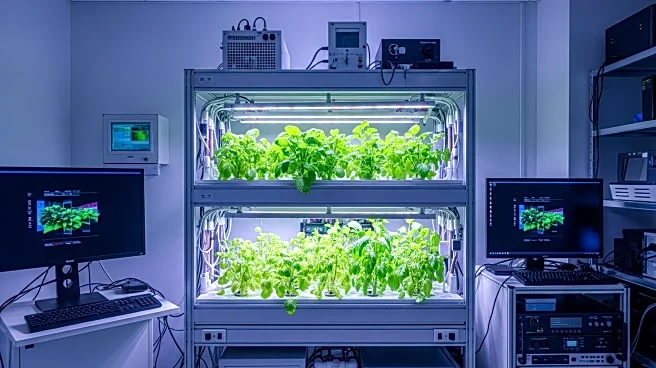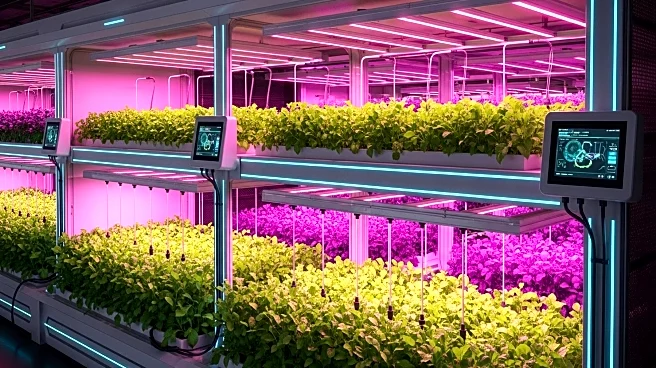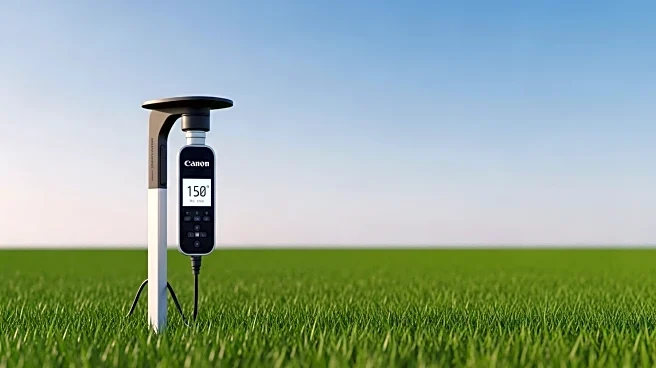What is the story about?
What's Happening?
The global agricultural surfactants market, valued at USD 2.1 billion in 2025, is expected to grow to USD 2.9 billion by 2030, driven by advancements in precision farming and bio-based formulations. Surfactants are crucial in enhancing the efficiency of agrochemical applications, aiding in uniform distribution, absorption, and reducing spray drift. The market is influenced by the adoption of precision farming technologies, sustainable bio-based alternatives, and stricter residue regulations. As governments push for reduced pesticide usage, surfactant technologies are evolving to ensure effective crop protection at lower doses. Key players in the market include BASF SE, Corteva Agriscience, Nouryon, Solvay SA, and Helena Agri-Enterprises, LLC.
Why It's Important?
The growth of the agricultural surfactants market is significant for the agricultural sector, as it addresses the need for efficient and sustainable crop protection solutions. Surfactants play a vital role in improving agrochemical performance, reducing water usage, and enhancing environmental compliance. This expansion supports global food security by enabling higher crop productivity on decreasing farmland. The push for bio-based surfactants aligns with global sustainability goals, particularly in regions like the European Union, which aim to reduce pesticide usage. The market's evolution reflects broader trends in agriculture, including the integration of technology and sustainable practices.
What's Next?
The agricultural surfactants market is poised for continued growth, with precision farming, bio-based formulations, and nano-enabled surfactants as key drivers. However, challenges such as high production costs and regulatory compliance remain. As farmers strive to maximize yields under tighter sustainability rules, surfactants will continue to be essential tools. The market will likely see increased demand in Asia-Pacific and Europe, with ongoing innovation in surfactant technologies to meet diverse agricultural needs. Stakeholders will need to balance cost-effectiveness with compliance to navigate the competitive landscape.
AI Generated Content
Do you find this article useful?















